Wasps Get Dangerous in Early Fall – These 7 Plants That Repel Wasps Naturally Will Make Your Yard Safer
Try these plants that repel wasps in your yard and container garden this summer and fall to keep dangerous wasps away from your outdoor gatherings.
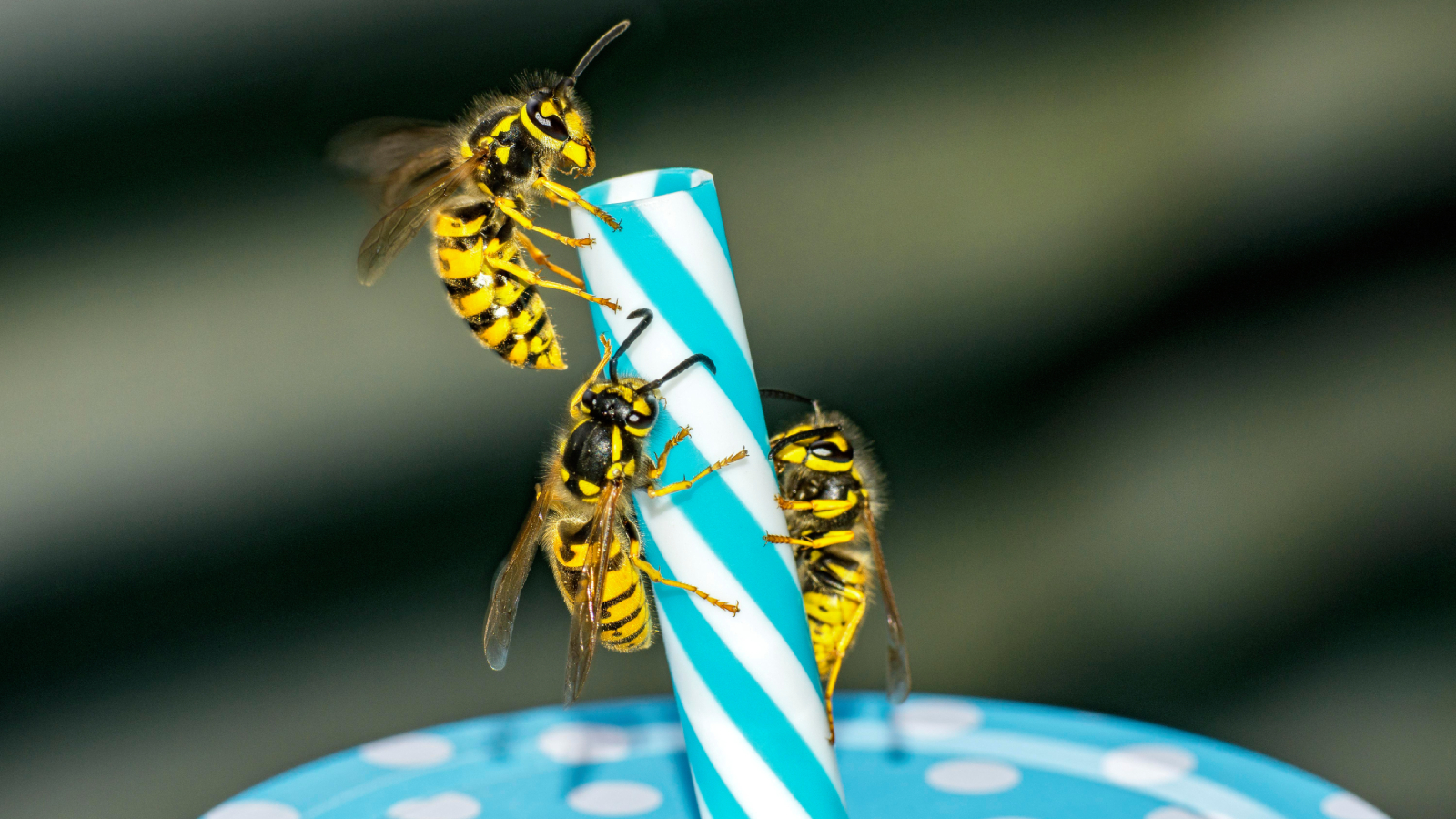

Hey there, yard warriors! If you’ve been dodging wasps like I have lately, especially with early fall creeping in, you know they can turn a chill afternoon into a full-on sting-fest. That’s why plants that repel wasps caught my eye.
I’ve been tinkering with some in my own patch after a nasty run-in last year left me swollen for days and swearing off shorts for a week. Grab a coffee, pull up a chair, and let’s figure out how to make your outdoor space a little less buzzy together.
I’ve spent hours out there experimenting with the best ways to eliminate wasps, and I’ve got some hard-earned tips to share. Let's keep those stingers at bay without turning your garden into a chemical war zone.
What is Attracting Wasps?
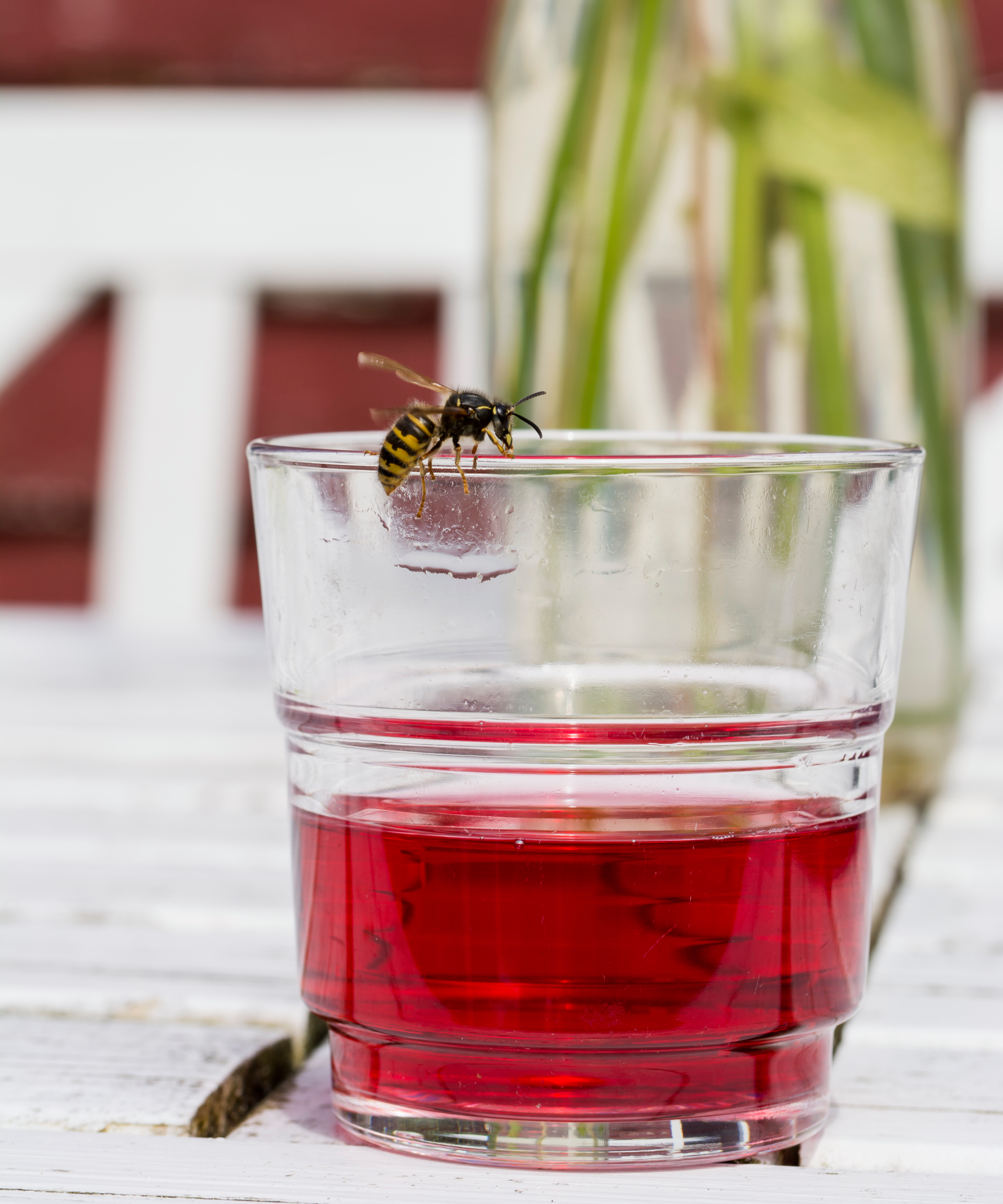
Wasps get cranky in late summer and early fall, guarding their nests like tiny sentinels and zooming after anything sweet.
Leave a little sugar out, and you’ll attract them. That sting smarts for hours, leaving a red welt you couldn’t ignore. They’re not just annoying, though. A jab can swell up quick, and if you’re like my cousin who’s allergic, it’s a mad dash to the doctor with an EpiPen in hand. You can create a DIY yellowjacket trap or purchase a ready-made trap from Amazon to help keep wasp numbers down if they are super aggressive near your or your family.
Can Plants Discourage Wasps?
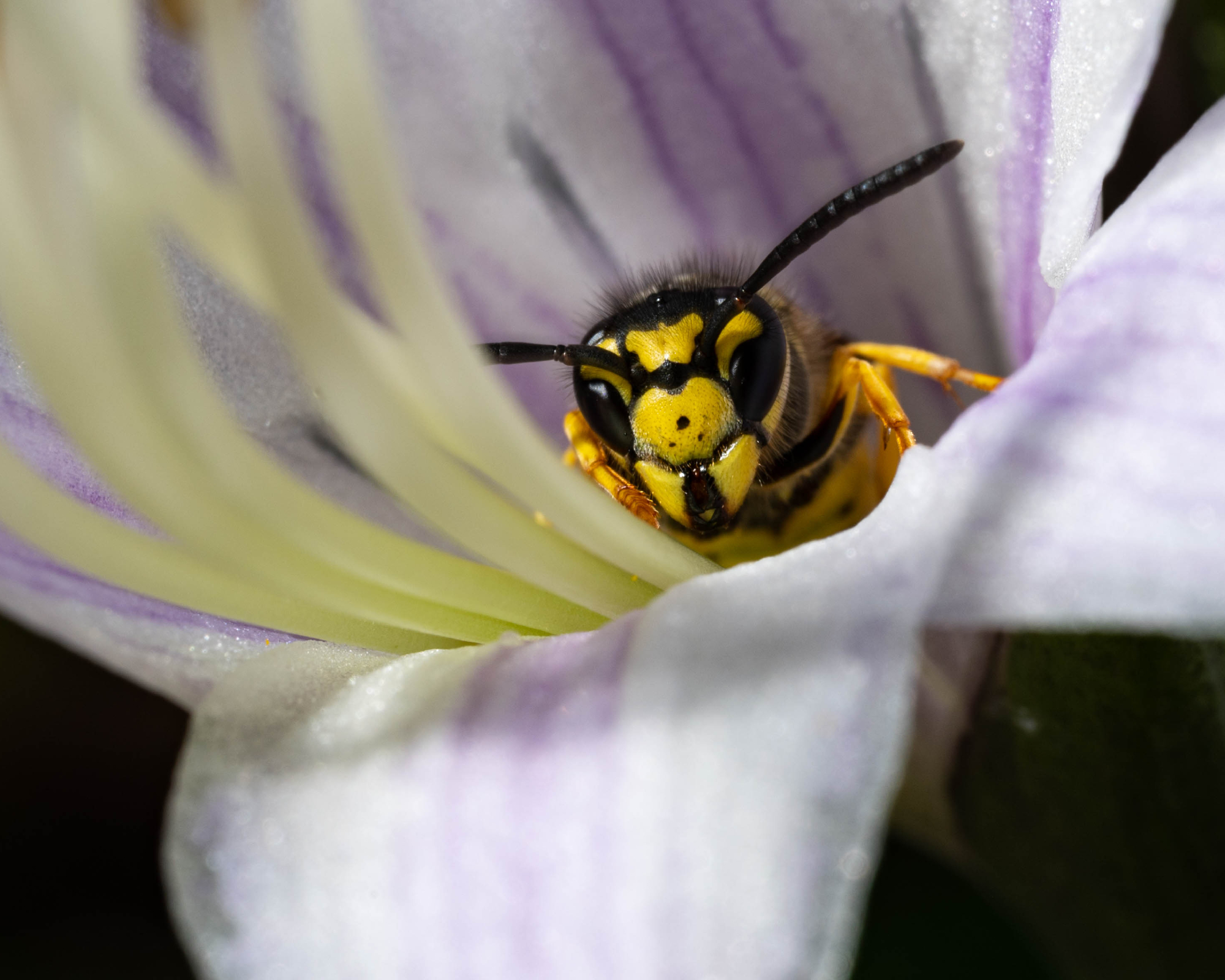
I used to wonder if plants could actually shoo wasps away. After some trial and error, plus a few stings to motivate me, I’d say yes, but with a caveat. The trick to using plants to repel wasps is interfering with their sense of smell.
Fragrant plants like mint or that lemony citronella hit wasps’ senses wrong and throw off their ability to zero in on you or your food. I like to plant some spearmint by my patio table when the wasps start buzzing, and the wasp count drops dramatically, compared to before I planted it.
Sign up for the Gardening Know How newsletter today and receive a free copy of our e-book "How to Grow Delicious Tomatoes".
You’ve got to get hands-on, though. Rubbing crushed leaves on your skin or setting pots close to where you sit helps a ton, but it’s not a force field that’ll stop them cold. You still need to keep sanitation as your first line of defense. Cleaning up food debris and sugary beverages around your patio is critical to discouraging invading stingers. It is also a good idea to hose down the inside of your trash and recycling bins this time of year. (For this task, our gardening editors love Vego Garden's hi-flow retractable hose which can be found in the Gardening Know How Shop.)
Then, plant your wasp-repelling plants in clumps where you lounge, like around the picnic table or by the porch steps. Give the leaves a good squeeze now and then to release more scent, and you might just dodge a sting or two.
Best Plants to Repel Wasps

After dealing with those pesky wasps, I started planting plants that discourage wasps around my yard, and it’s been a real game-changer in keeping the stings away.
I planted some in garden beds and big pots around my deck, and they’re holding their own against the wasp invasions. It’s not a total fix, and nothing beats a good nest removal if it’s bad, but it’s kept my barbecues calmer.
Let's get into whether these green buddies can help, which ones to pick, and how to use them to reclaim your yard for lazy afternoons and family gatherings.
1. Spearmint

Spearmint is that zesty herb with ruffled leaves, and its minty punch makes wasps turn around quick. They can’t stand that menthol that hits them like a slap in the face. You can set a pot out by your back steps, and let it spill over the edge like a green waterfall, and it thrives with just a little water to keep it happy.
Trim it with kitchen scissors to keep it full and bushy, avoiding the leggy mess it can turn into. I mash a few leaves with my fingers to slap on my arms before firing up the grill. I’ve even tossed some sprigs into my iced tea for a fresh kick. Find spearmint seeds in the Gardening Know How Shop.
2. Citronella Grass

Citronella grass, with its lemony zing, is a wasp nemesis. This is thanks to oils, like citronellal, that throw off their tracking like a bad GPS signal. Stick some in a sunny bed, and it will shoot up too quickly, swaying with those feathery tops that catch the breeze.
It likes rich organic soil and a good soak, but it’s pretty care-free once it settles, only needing a trim if it gets too wild. I’ve dotted pots around my chairs, lugging them out each morning, and the scent’s kept wasps from crashing my late-day reads. It’s a bit of a workout, but worth it for the peace. Purchase some citronella grass from Colonial Creek Farm Nursery through Amazon.
3. Marigolds
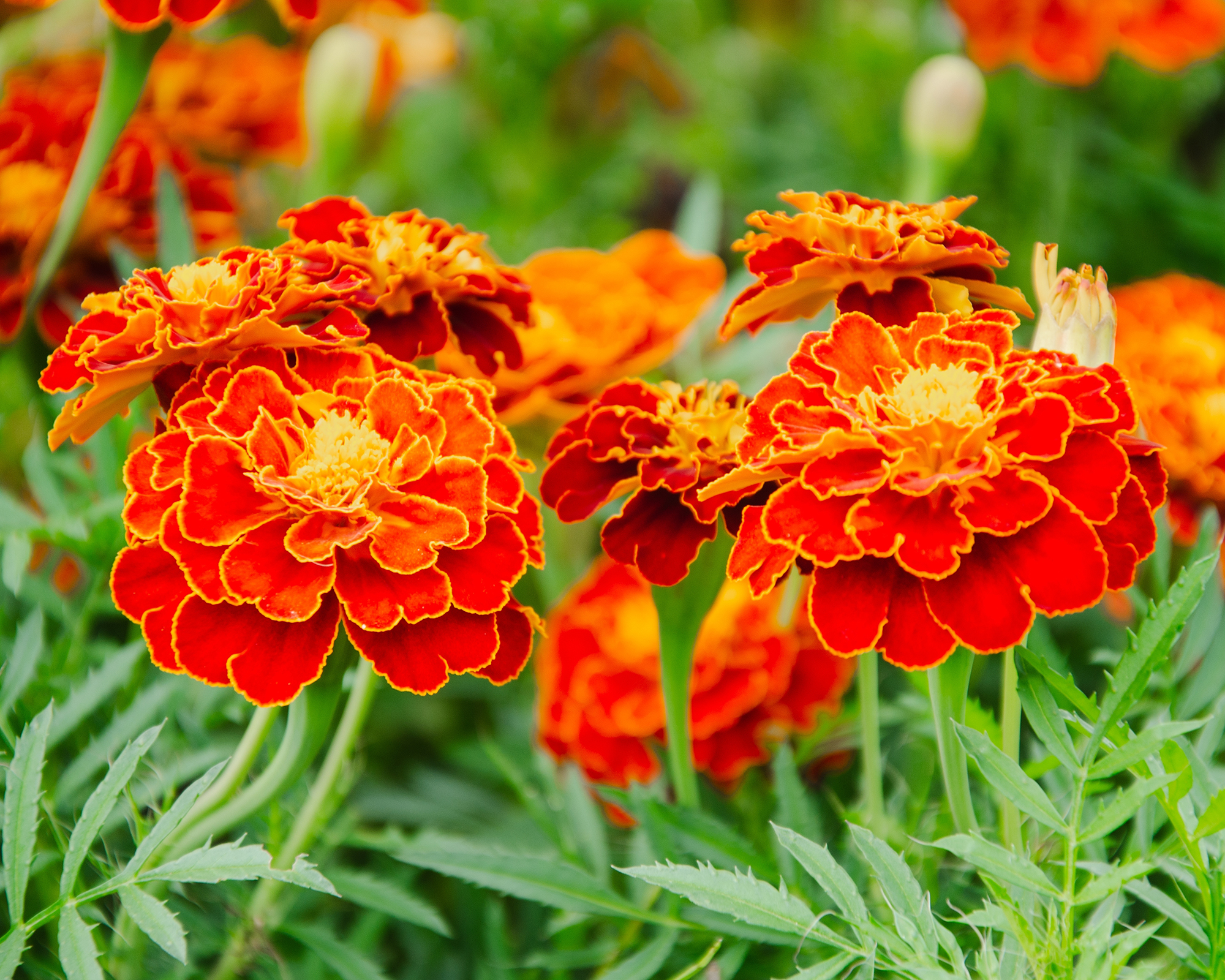
Marigolds, with their bold orange blooms, pack a punch with resins that wasps hate. These thiophenes act like a natural insect spray, and you can line garden edges with them to keep the perimeter safe. They soak up full sun and average soil, bursting with color from June to October. Pinch off dead heads with your nails to keep them perky.
Marigolds are great in pots on the porch or as a border along the fence, and there will be less of a wasp hangout. I love the pop of color they add to my summer evenings, as well. Find marigolds at Walmart or your local garden center.
4. Lavender
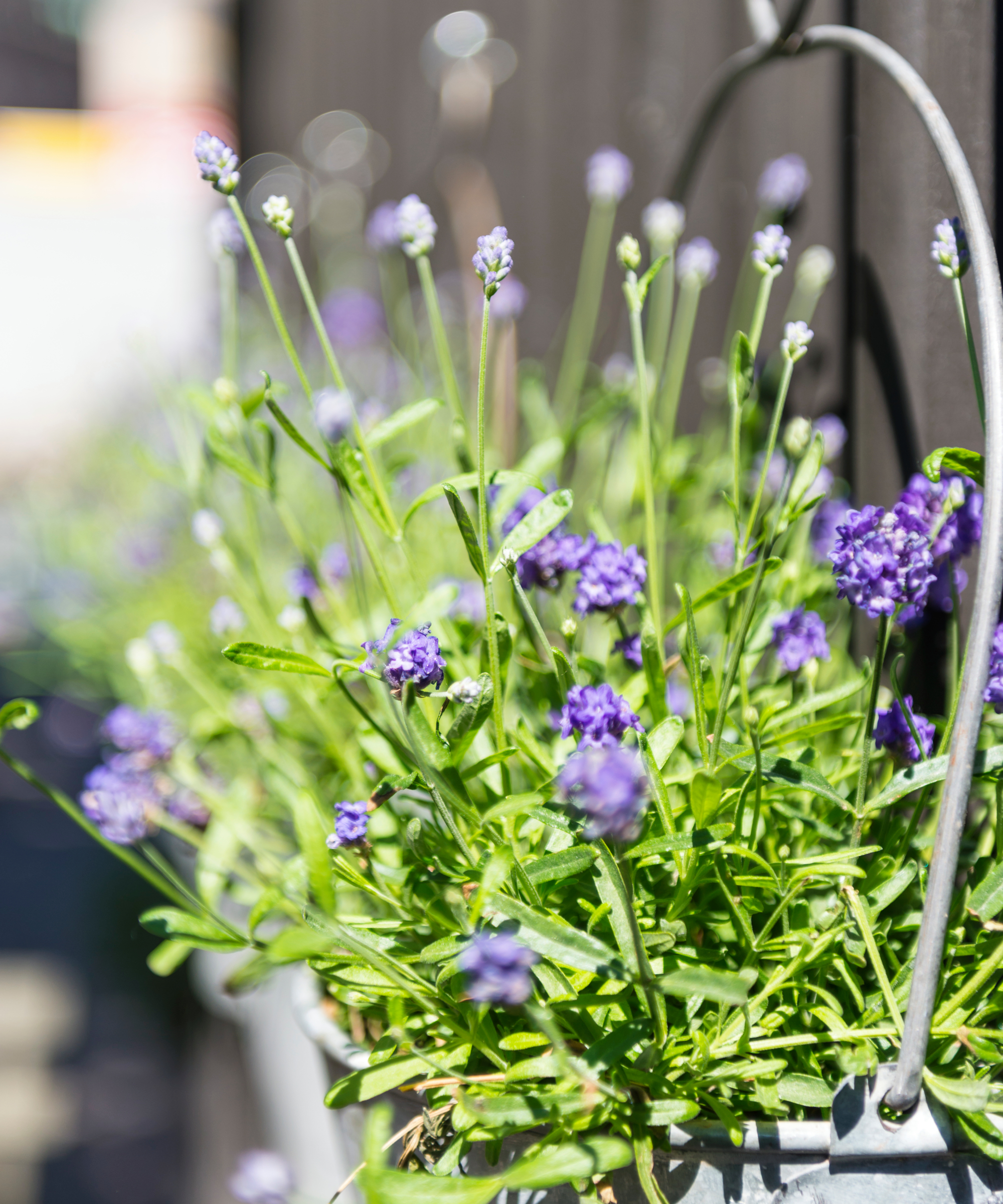
Growing lavender gives you the benefit of its flowery oils for wasp control. One of the oils, linalool, send wasps packing. Plant some in raised beds or by your porch, where it loves sun and is a plant for sandy soil. It flowers from July onward with a scent that fills the air.
It barely needs water once it’s happy, and I’d give it a haircut with hedge trimmers after blooms fade to keep it neat. A pot by the door works great, and I’ve rubbed the flowers on my neck for a light shield during picnics. Find heirloom Munstead lavender seeds in the Gardening Know How Shop.
5. Wormwood
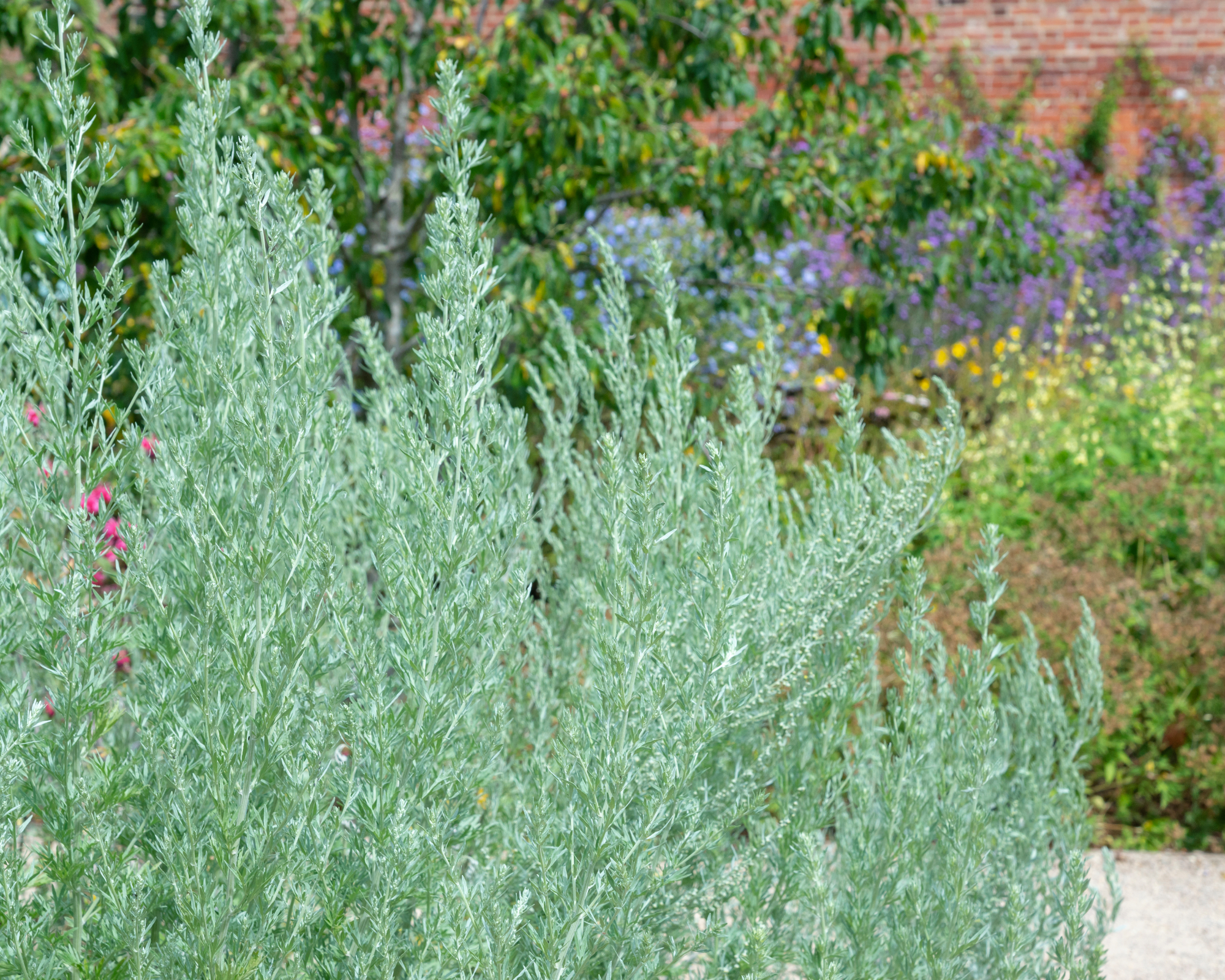
Wormwood has those bitter leaves with a scent from absinthin that wasps can’t stomach. It has become one of my secret weapons against those buzzing intruders.
You can tuck it into a dry spot in your yard where nothing else would grow, and it’ll spread out to 2-3 feet in full sun with rocky soil raked smooth. Water it sparingly. Let it sprawl as a natural fence.
Be careful, though. Wormwood is potent, and I’ve gotten a rash from touching it too much. But it kept wasps away from my shed, and I love its rugged look that fits my wilder corner of my garden. You can find wormwood for sale at Walmart.
6. Eucalyptus
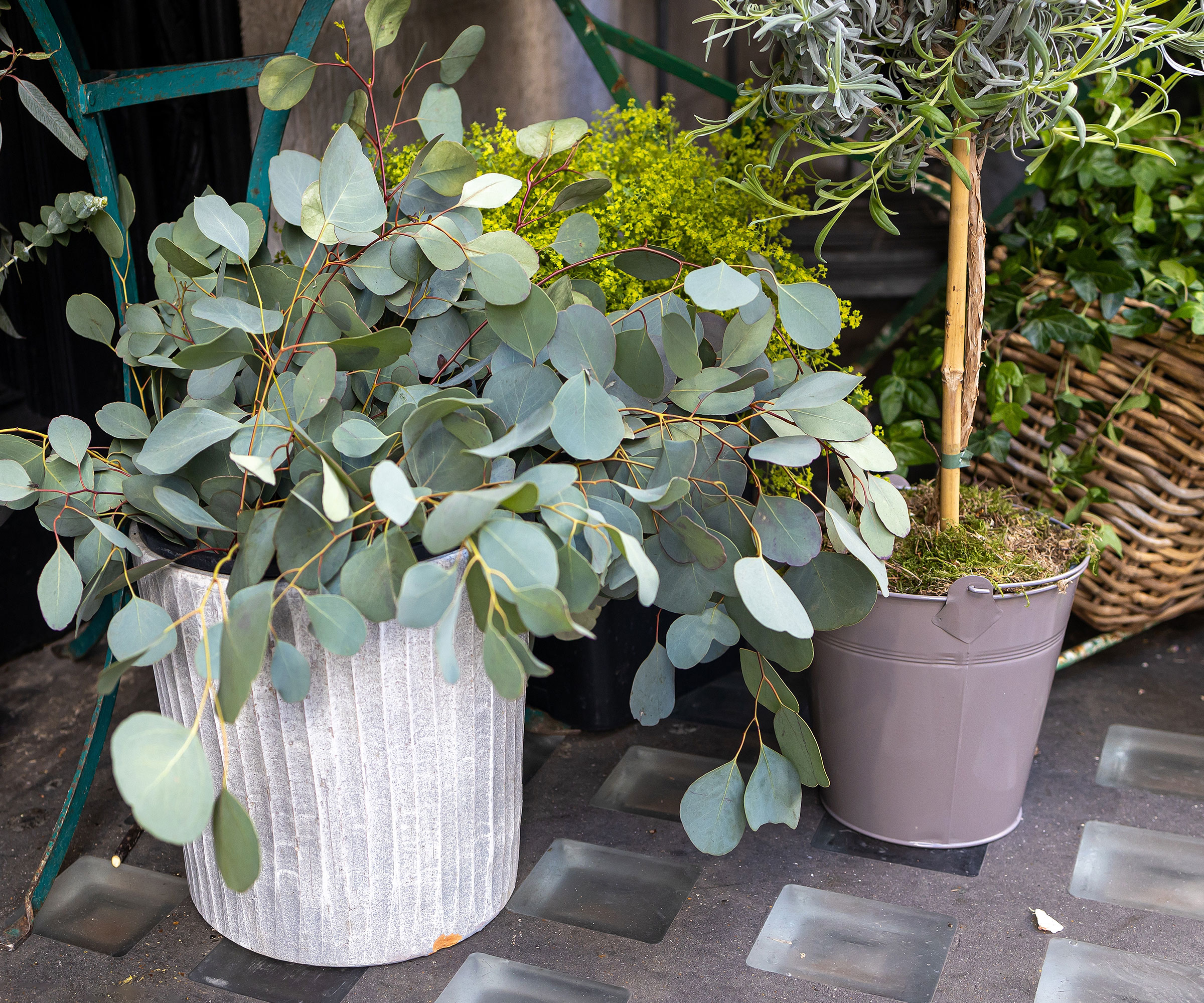
Eucalyptus contains a sharp oil called eucalyptol that acts as a wasp deterrent. It soaks up sun and needs well-drained soil that you can amend with sand.
Eucalyptus will slowly grow up to 6-8 feet (1.82-2.43 m). It only needs a drink now and then and its silvery leaves can add a cool flair to your landscape. After planting eucalyptus, wasps now steer clear of my favorite coffee spot in my garden. It’s a bit of a project, but I enjoy the challenge.
Eucalyptus trees are do best outdoors in USDA zones 8-11, but you can bring a potted eucalyptus, like this one from Fast Growing Trees, indoors in the winter.
7. Pennyroyal

Pennyroyal has tiny purple blooms and minty whiff from the chemical pulegone which drives wasps off. You can keep pennyroyal in a pot to stop it taking over your yard like a mint invasion.
A word of caution: avoid planting it around children and animals, as this is quite toxic to consume. It likes moist soil and a bit of shade like under an old oak tree, flowering in summer as long as you water it regularly.
I’ve set pots of pennyroyal by my picnic table and I’ve crushed leaves for a quick arm rub that’s saved me from stings. It’s a handy trick, for sure!
Find pennyroyal mint seeds at Walmart or your local garden center.
Tending Your Wasp-Free Zone
I’ve learned these plants need the right love to do their job. Most want sun to soak up, but mints like a shady nook. All crave good drainage to avoid root rot. Toss some bark mulch down to hold moisture in the soil.
Pluck weeds by hand or with a trowel to keep roots comfy, which is a chore I do while listening to the radio. After flowers fade, you can snip with some shears to pump out more scent.
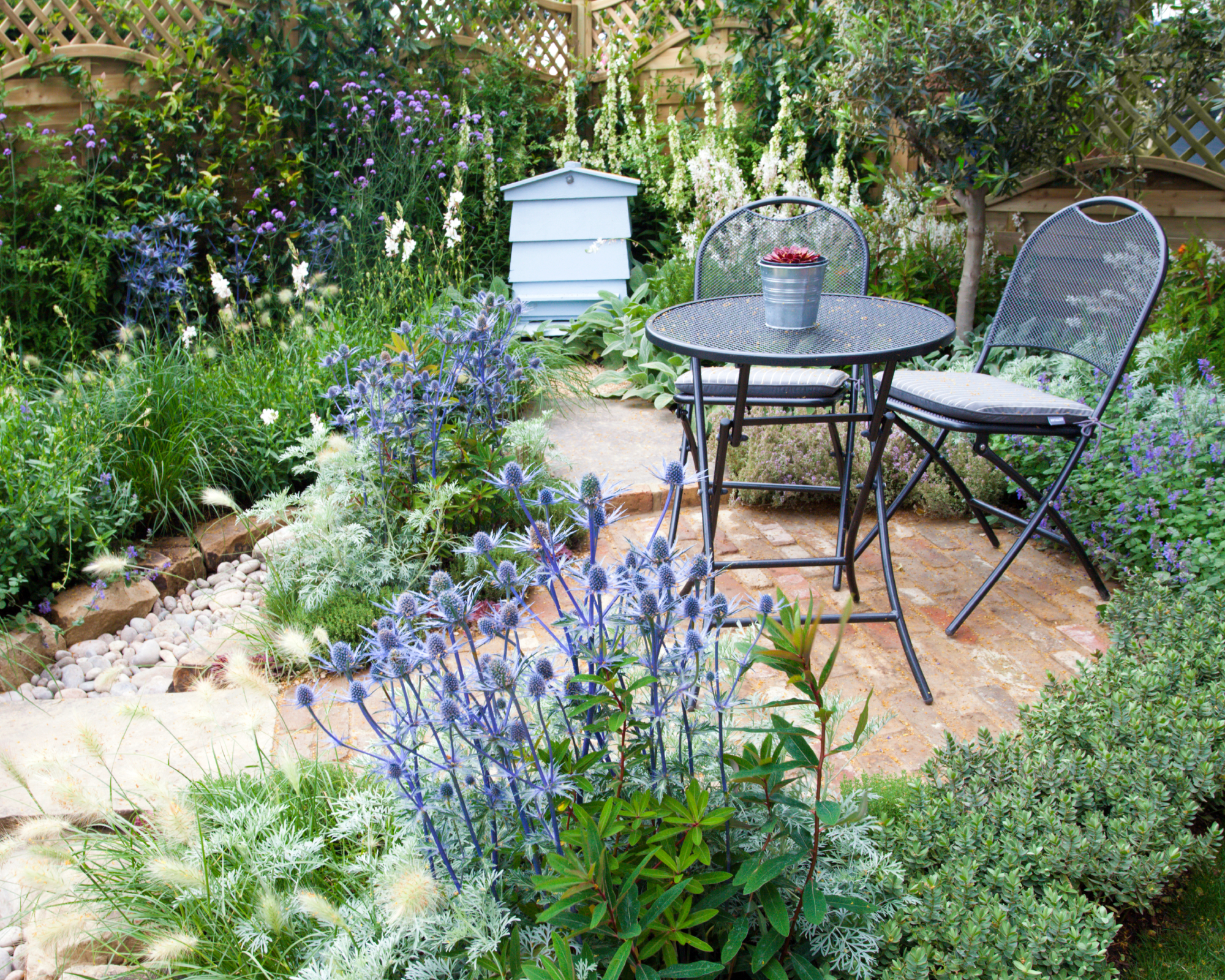
These plants won’t wipe out wasps entirely, but they’ve made my yard a safer hangout this fall. I've had fun messing with lavender rubs and eucalyptus pots, and my barbecues feel less like a dodgeball game with the kids.
Try a couple of these plants that repel wasps next year – maybe while sipping a cold drink – and trade some cuttings with a friend to keep the party sting-free!

Tyler’s passion began with indoor gardening and deepened as he studied plant-fungi interactions in controlled settings. With a microbiology background focused on fungi, he’s spent over a decade solving tough and intricate gardening problems. After spinal injuries and brain surgery, Tyler’s approach to gardening changed. It became less about the hobby and more about recovery and adapting to physical limits. His growing success shows that disability doesn’t have to stop you from your goals.